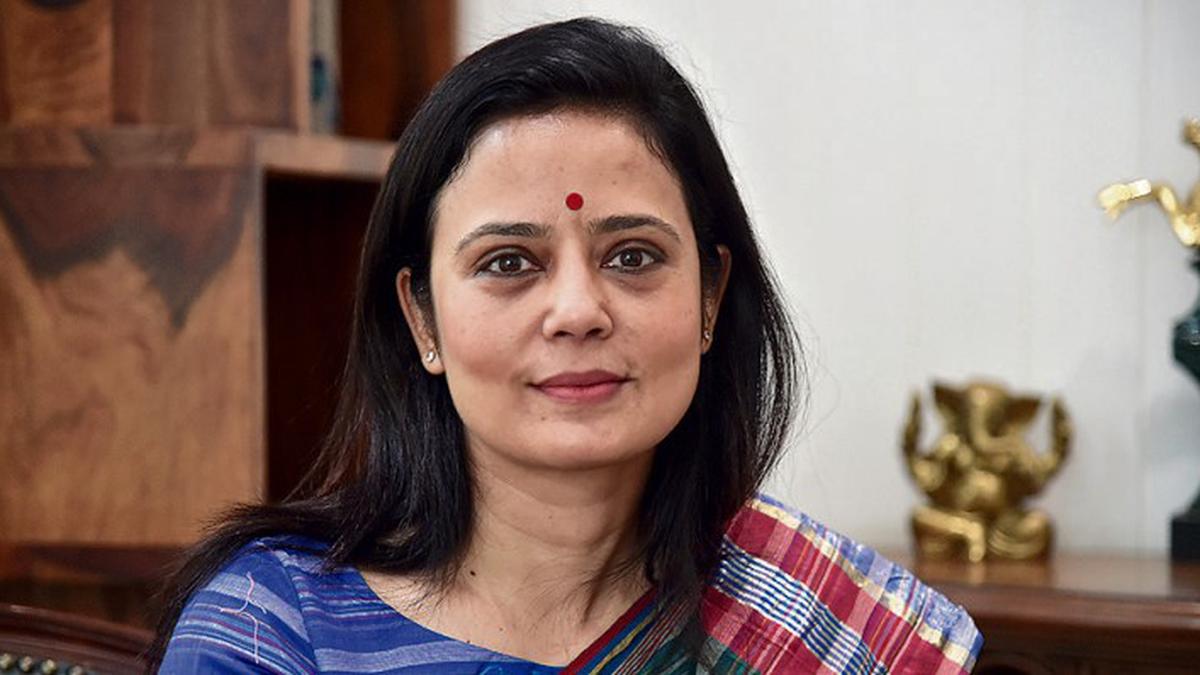Foxconn’s Alleged Bias Against Married Women: A Call to Address Gender Disparity for True Workplace Equality.

The Accusation.
According to a Reuters investigation, Foxconn has deliberately prohibited married women from positions at its major iPhone assembly factory in India, citing the fact that they have more family obligations than unmarried employees.
S. Paul, a former human resources officer at Foxconn India, said the company’s leaders orally communicate the recruiting guidelines to its Indian hiring firms, which are in charge of looking for applicants, interviewing them, and hiring them. According to Paul, Foxconn normally does not recruit married women due to “cultural difficulties” and societal pressures. The firm believed that there were “several challenges post-marriage”. Among them, women “have babies after marriage”, which is supposed to show less commitment, as per the company. Another allegation says that the company worries about Hindu married women wearing metal-toe rings that could potentially interfere with the production facilities.
Reuters visited Sriperumbudur more than 20 times between January 2023 and May 2024. They spoke with dozens of job seekers during the recruiting process. Reuters reporters also examined a candidate information brochure, hundreds of job advertisements, and WhatsApp conversations in which four of Foxconn’s third-party recruiters informed potential applicants that only unmarried women were qualified for assembly positions. The advertisements make no mention of employing men.
The Investigation.
Taking note of accusations that married women were prohibited from assembly operations at Foxconn’s facility, the Centre asked for a thorough report on hiring processes at the iPhone plant in Sriperumbudur, Tamil Nadu. It has also asked its regional office to submit a factual report to the Centre, according to a statement published on Wednesday by the Ministry of Labour and Employment.
According to the ministry, Section 5 of the Equal Remuneration Act of 1976 clearly states that no discrimination should be made while recruiting men and women personnel. “The state government is the proper authority for the enforcement and administration of the provisions of this Act, hence the report has been sought from the state government,” it said.

Clarification by the company.
Apple iPhone producer Foxconn has notified the government that 25% of its new hires are married women and that its safety standard, which requires all employees to avoid wearing metal regardless of gender or religion, is not discriminatory, according to sources. In an informal message shared with the government following accusations that it is not employing married women, Foxconn claimed that such conditions are not part of its policy and that these assertions may have been made by those who were not employed, according to sources. They further said that such media coverage harms India’s rapidly expanding manufacturing industry.
The Foxconn factory presently employs around 70% women and 30% men, and the Tamil Nadu factory is the largest factory for women employment in the country, with total employment reaching 45,000 workers during peak seasons, they claimed.
The firm has also stated that the issue of Hindu married women being discriminated against for wearing metals (ornaments and jewellery) is “totally biased” and that wearing metal in such companies is a safety problem, which is widely acknowledged by both the industry and the government. For safety concerns, no one, man or woman, regardless of status (single or married) or religion (Hindu, Muslim, Christian, Sikh, etc.), wearing metal is permitted to operate on the factory floor, which is a common practice in numerous industries.
According to sources, the company claims that the media allegation is based on anecdotal statements from 5-10 people or potential job seekers. These remarks were most likely made by candidates who failed to land the job or are no longer employed by Foxconn.
What actually happened will come to light after the state government submits the report sought by the Labour Ministry. However, there is no doubt that jobs and women are still a topic of discussion today, considering that sometimes companies hesitate to hire women or sometimes women’s responsibilities keep them away from the job market.
What does the data say?
World Economic Forum’s (WEF) Global Gender Gap Index 2024.
India fell to 129th rank of the 146 countries on the World Economic Forum’s (WEF) Global Gender Gap Index 2024. India ranks fifth in South Asia, trailing Bangladesh, Nepal, Sri Lanka, and Bhutan, with Pakistan at the bottom. Despite increased economic involvement and educational enrollment, India’s political empowerment and representation of women still need to improve.

At the present rate, closing the gender gap globally will take 134 years, equivalent to five generations. However, India showed the best gender parity regarding enrolment in secondary education, and it scored well on the political empowerment of women at 65th rank globally. About parity in the number of years with female/male heads of state for the last 50 years, India was ranked 10th.
With a population of over 140 crore, India has closed 64.1% of its gender gap in 2024, and the two-place drop from 127th last year was primarily due to small declines in the ‘Educational Attainment’ and ‘Political Empowerment’ parameters, while ‘Economic Participation’ and ‘Opportunity’ scores improved slightly.
In the Political Empowerment subindex, India scored among the top ten on the head-of-state indicator. Still, its scores for women’s representation at the federal level, in ministerial posts (6.9 per cent) and Parliament (17.2 per cent) remain low. Since last year, the gender gap has narrowed by 0.1 percentage points.
Despite some bright spots, the gradual and modest achievements documented in this year’s Global Gender Gap Report emphasise the urgent need for a reinvigorated global commitment to attaining gender parity, particularly in the economic and political realms.
Indian political arena.
Since Lok Sabha topics are in the limelight now, let’s start the discussion by taking the example from the parliament. This year, 797 women candidates contested in the general elections, accounting for 9.6% of the total of 8,337 candidates. Only 74 of them won seats in the 18th Lok Sabha, four less than in the 17th Lok Sabha. This comes less than a year after the Women’s Reservation Bill, which allocates one-third of Lok Sabha and assembly seats to women.
The IT sector.
According to a staffing agency Xpheno research, five of India’s largest IT businesses – Infosys, TCS, Wipro, LTIMindtree, and HCL Tech – saw a net exodus of about 25,000 women in FY24. This was also the year when IT corporations reportedly compelled their employees to return to the workplace. The focus has shifted from ‘Where are the women?‘ to ‘How can we keep them?‘ What follows is the discussion of reservations, corporate mandates, and other initiatives to promote gender diversity and inclusion. However, some problems in the way institutions operate make it difficult for women to stay employed for long. However, there are efficient approaches to retaining women.
What can be done?
Women continue to face overt and covert disparities in treatment, expectations, empowerment, and compensation when compared to males. Closing the gender gap is usually directly related to boosting female involvement. For example, Iceland, which has topped the gender gap index rating for more than 15 years, has a 70% female workforce participation rate. It also has a female prime minister from 2017 until 2024.
The time game.
70 or 84 hours per week? The recent argument about whether Indians should work longer hours per week should be evaluated from a gender viewpoint. A typical working woman works significantly more than 70 hours per week, including many hours of unreported (and underpaid) housekeeping and caregiving duties.
Providing flexible opportunities.
As per gig platform flexing, in FY24, the number of female consultants in India who signed up for freelancing work increased by 300% compared to FY22. The number of men choosing white-collar jobs increased by 225% during the same time period. The increase rate for women has been quicker, showing that they choose remote employment. About 39% of women prefer part-time jobs, indicating a growing demand for flexible and adaptive work arrangements. This is especially essential for women who are returning to the workforce and want flexibility. However, there is a need to know: Are companies prepared to provide flexible options to their employees?
Women at the top attract more women.
Also, if women are in leadership roles, they pull more women into the workplace. Women CEOs lead to more women on boards and in senior management, as shown at Colgate-Palmolive India, Godrej Consumer Products, and Apollo Hospitals.
In general elections, TMC demonstrated in political life what it has seen in corporate life. At 38%, Mamata Banerjee’s Kolkata-based party has the most women MPs elected to the 18th Lok Sabha. Its female candidates have also had a high success record; 11 of the 12 women fielded by the party in this year’s elections won.

Is it women, or does the horizon of gender disparity need to be broadened more?
The representation of women was the hot topic of this article; let’s not forget that equality is not only about men and women but also about all, including the other communities of society. Hence, providing equal opportunities to them is also a crucial topic of policy formation. This is shown by none other than the pride of India, the TATA group. Recently, Tata Steel’s inclusive approach to diversity and recruiting has not only shifted workforce composition but also significantly impacted the lives of transgender employees, establishing a supportive and empowering atmosphere for personal and professional growth.
Within the next five years, Tata Steel hopes to have at least 25% of its workforce made up of various groups such as gender minorities, marginalised communities, people with disabilities, and LGBTQIA+ people, according to a corporate official. It is one of the first organisations in the country to begin a particular recruiting drive for transgender talent, having hired over 100 community members for various professions across many locations, according to the official.
In the end, revolutionising the workplace landscape and making comprehensive policies is the need of the hour to celebrate real gender equality.




